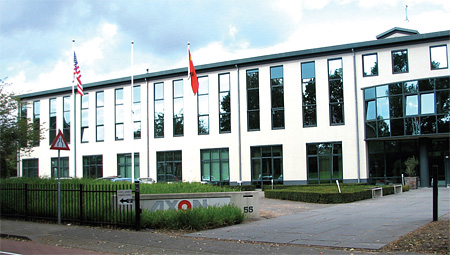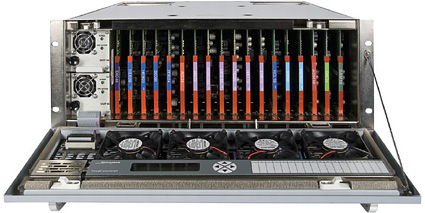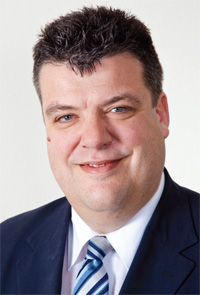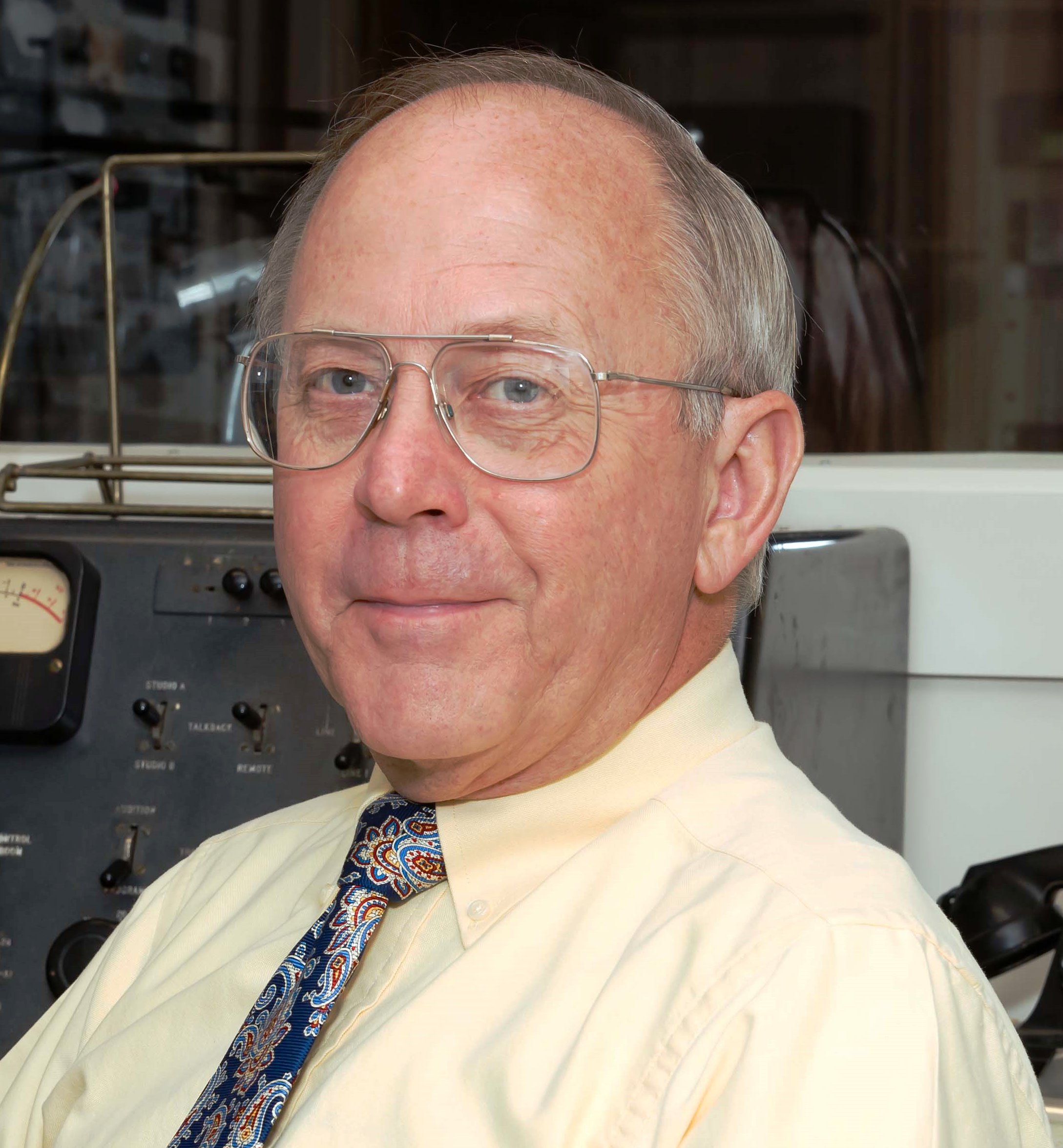Axon: High Quality Products From a Low Country
GILZE, NETHERLANDS—This small community, home to Axon, is located just a few miles from Eindhoven, a Dutch city that's been associated with electronic product development and innovation for more than 100 years.

Axon’s headquarters are located in the southern Netherlands city of Gilze. While Axon's roots don't stretch back quite that far (it was established in 1987), the company is an innovator in its own right, and has become a major player in the field of broadcast electronics, offering a complete product line that's essential to today's television broadcasting operations.
Axon opened its doors without much fanfare, offering a single product—a timecode generator. Its co-founder and first engineer, Louis Mulders, worked in the broadcasting field, and this product (actually an add-on for camcorders) came about as a natural extension of his broadcast experience. Mulders entered into a partnership with another individual to take care of the business side of things and Axon was officially born.
Other broadcast products quickly followed, with the company launching in the 1990s a line of some 40 modular products dubbed the "FR" line. This morphed into Axon's present-day "Synapse" lineup, with more than 300 devices to handle just about any signal processing or conversion task a broadcaster might encounter.
ATTAINING A GLOBAL REACH
While Axon products have been very popular on the continent, until fairly recently, Axon didn't have a large presence in North America. However, several U.S. broadcasters have recognized the quality of the company's products and there are now some sizable Axon installations in place stateside, with customers including ABC, CNN, NBC, FOX and NASA.
"Historically, our strategy was to establish a foothold in the Netherlands," said Harry Kanters, Axon's vice president of marketing and sales. "We got established with Dutch customers, then reached out to Belgium and the U.K. and onward from there."

Axon’s DAW88 encoder, part of the company’s Synapse range of processors and interfaces A surprisingly large amount of Axon gear finds itself in television production vans, including those used for Olympics coverage.
"When the Olympics were held in Beijing a couple of years ago, OB vans were built in China to support the Games," said Kanters. "A total of 20 vans were built and 11 of these were constructed with Synapse modular products."
Axon is now involved in preparation for coverage of the 2014 Winter Olympics, to be held in Russia.
"Twelve video trucks are being built for the Olympics, and Axon will be in all of them," said Kanters.
Axon's CEO, Jan Eveleens, sees the company growing even further, in both customer base and product range.
"We are continuing to expand geographically," said Eveleens. "In addition to the current offices, we are getting ready to go into South America."
CHANGING WITH THE INDUSTRY
"For us, innovation is very important," said Eveleens. "We were one of the first companies to have a complete 3G-capable range, and are preparing now for the next wave—IT-based broadcast technology.
"We're shifting our focus as technology shifts. Going back five years or so, Axon was basically a hardware company—one board for one function. At one time, most of our engineers were hardware developers. We have changed that emphasis to become more software-oriented. We're seeing a shift where more and more of the hardware becomes generic and is given a 'face' by firmware and software."

Jan Eveleens, Axon’s chief executive officer Eveleens also stressed his company's philosophy for maintaining customer loyalty. "We interact a lot with our customers to help us gain some practical experience in terms of defining their needs," Eveleens said. "We have very little churn with our customers. Once they buy into our technology, they like it and they keep coming back."
Another reason for customer satisfaction is Axon's speed in responding to a customer's needs.
"We ship about 60 percent of orders within five working days after they're received," he said. "Ninety percent or more go out within two weeks. If a customer has an urgent need we can usually meet it. In a lot of cases, the order arrives in the morning and is completed and on the shipping dock at the end of the day.
"We are in the business of making it simple for the customer," Eveleens continued. "This extends from the design of our products to the way we ship out things and also in our ongoing support. If a customer calls with a problem, we fix it. There's no fine print, no credit card number up front, nothing to complicate the process."
Since its inception, Axon has prided itself on the quality engineering in its products, attention to detail, and lasting relationships forged with its customers. None of these founding precepts has been overlooked as Axon continues to expand its presence, and putting service first has been further enhanced with the establishment of regional support centers.
"We maintain a warehouse in the Washington, D.C. area, and if a customer comes to us with a problem we can overnight a product to help them out," said Eveleens. "If they're really having problems, we have been known to not only ship out cards, but also to have one of our people accompany them to make sure the customer is up and running by their deadline."
The professional video industry's #1 source for news, trends and product and tech information. Sign up below.
James E. O’Neal has more than 50 years of experience in the broadcast arena, serving for nearly 37 years as a television broadcast engineer and, following his retirement from that field in 2005, moving into journalism as technology editor for TV Technology for almost the next decade. He continues to provide content for this publication, as well as sister publication Radio World, and others. He authored the chapter on HF shortwave radio for the 11th Edition of the NAB Engineering Handbook, and serves as contributing editor of the IEEE’s Broadcast Technology publication, and as associate editor of the SMPTE Motion Imaging Journal. He is a SMPTE Life Fellow, and a member of the SBE and Life Senior Member of the IEEE.

